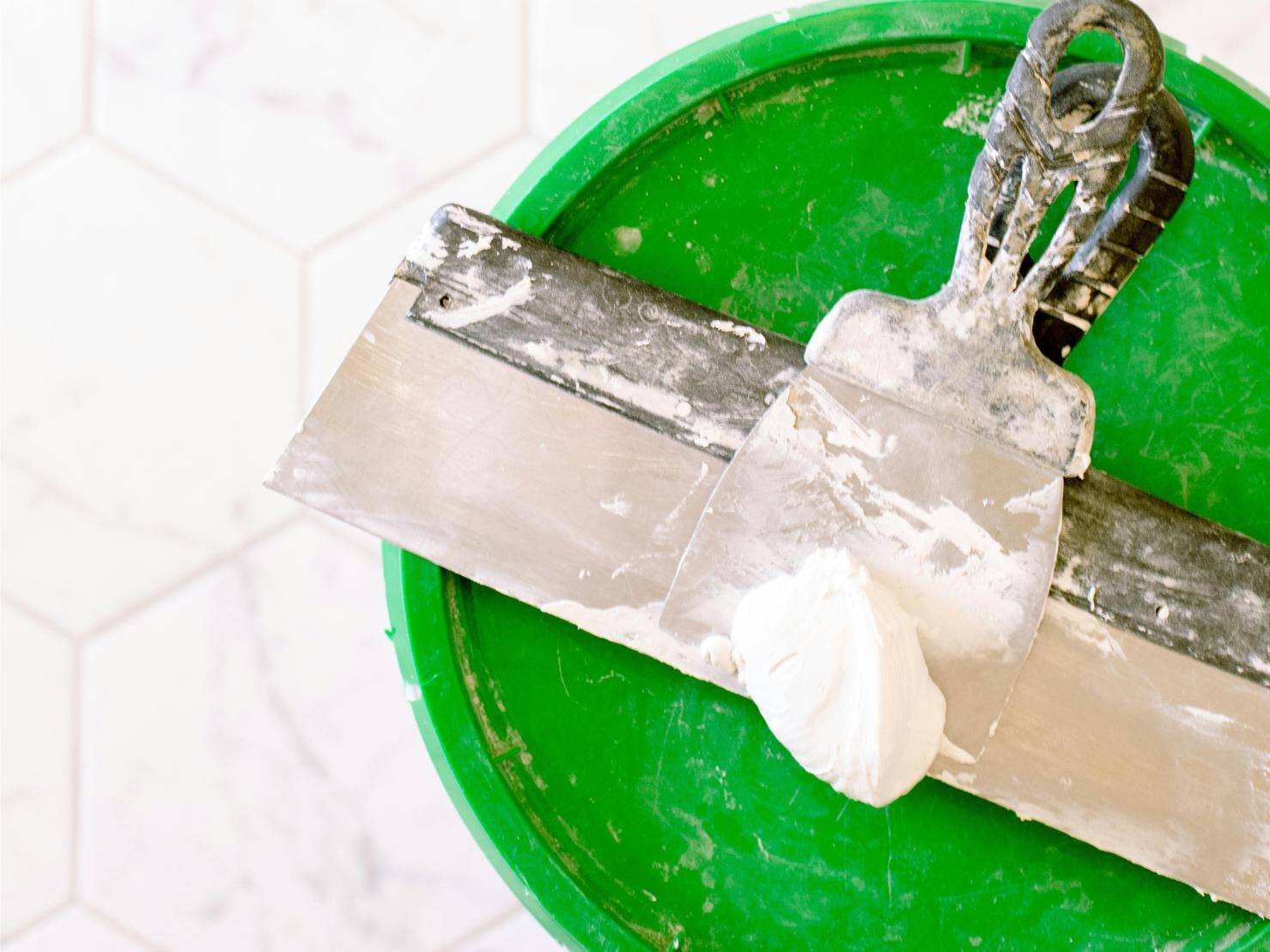Search for topics or resources
Enter your search below and hit enter or click the search icon.

If you invest in spray foam insulation, can you leave it uncovered? Or will you need to pay for a coating or covering to hide your insulation? Whether or not spray foam should be covered depends on several factors, which we will examine in this article.
South Central Services has insulated hundreds of new and existing buildings with spray foam. We give different recommendations regarding necessary coatings or coverings for each project we work on. An attic floor with a layer of spray foam has different coverage needs than the exterior of a commercial building.
By the end of this article, you will understand:
Don't have time to read right now? Check out everything you need to know at a glance.
When it comes to the elements of nature, spray foam must be protected with a coating. Sun, rain, snow, or sleet can all cause damage to spray foam insulation.
Spray foam in exterior applications, such as roofing, is exposed to all these elements. Roof foams are most commonly coated with waterproof coatings to protect the foam from damage.

However, even spray foam in interior applications can be exposed to sunlight. Ultraviolet rays pass through windows and can reflect directly into spray foam. In these instances, spray foam needs a coating to keep the foam from direct exposure to UV rays.
But what about foam not exposed to natural sunlight or precipitation? Even in these situations, spray foam needs a barrier. Let's examine what those barriers could look like.
Spray foam always needs a thermal barrier. Exactly how this thermal barrier is achieved depends on where the foam is installed and what building codes require. Building codes can vary from state to state and county to county.
Generally speaking, building codes usually dictate that spray foam needs a thermal barrier between itself and any occupiable living space. In many cases, that thermal barrier is your drywall.
Spray foam in exterior walls would have a thermal barrier of drywall. Spray foam on the attic floor would have a thermal barrier through the house's ceiling.
There are many places in buildings where spray foam can be seen. In homes, attics and basements do not always have foam covered by drywall. In commercial spaces, ceilings and walls sometimes have exposed spray foam insulation.
In these situations, spray foam insulation is still covered with a coating. If the space is occupiable, the foam should be covered with an intumescent coating. These coatings are specifically designed and tested for the use over urethane foams.
Regardless of whether or not spray foam is visible, it must be covered. In many applications, spray foam is covered through the thermal barrier of drywall. In other applications, spray foam receives a coating to protect it from UV rays or water damage. Still other applications could include intumescent coatings.
Your spray foam will need some type of covering, but how it is covered will depend on building codes, usage of the space, and what the foam would be exposed to.
Now that you understand how spray foam and coatings work, your next step is to:
Disclaimer: While we strive to publish information accurate to building science, local building codes and standards supersede our recommendations.
Kilian has co-owned and operated South Central Services for 8 years. He is passionate about community involvement. In his spare time, he enjoys being with his family, playing ice hockey, and going fishing with friends.
Topics: